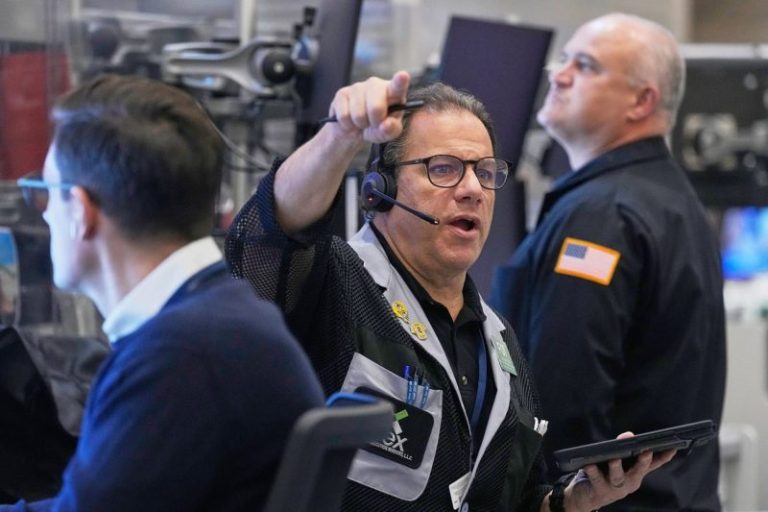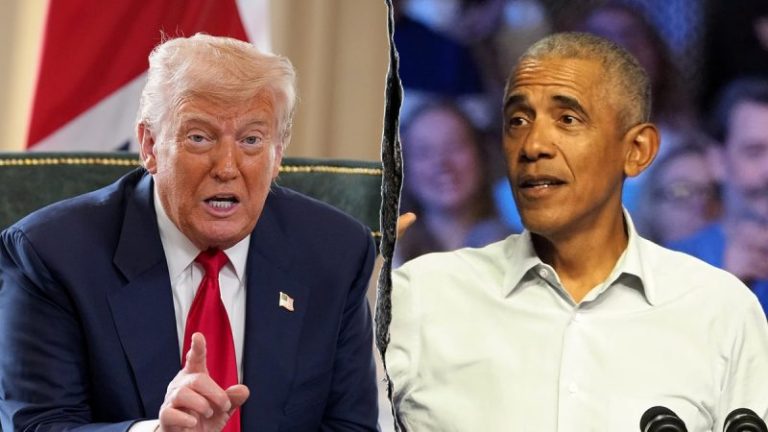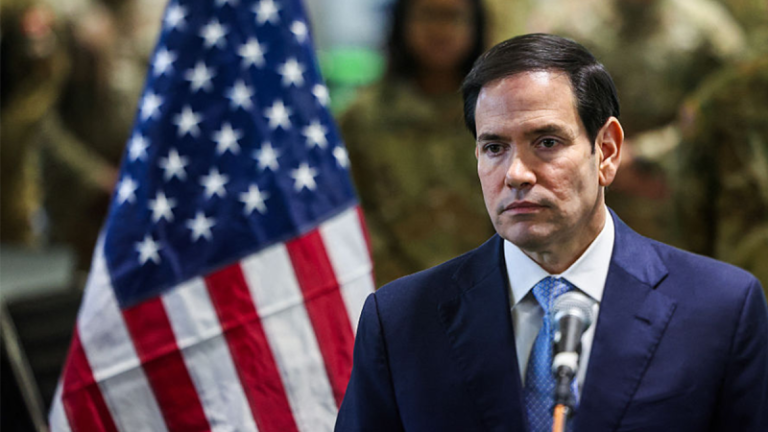(TheNewswire)
LiDAR, or Light Detection and Ranging, is a remote sensing technology that uses laser light to ‘see through’ vegetation and soil cover to measure distances, with 15-30 cm scale accuracy, to underlying rock surfaces. In this way, it can map out features such as structures and lithological contacts that can be related to mineralization but may not be exposed at surface. The survey also included colour aerial photography with 10-15 cm resolution that will assist in surface exploration and planning of infrastructure upgrades.
‘Although we have been able to follow and map out the Dos de Mayo vein system along strike for approximately 1,600 metres so far, our geologists are restricted by the amount of outcrop exposure ,’ stated Robert Archer, Pinnacle’s President & CEO. ‘The LiDAR survey should allow us to ‘connect the dots’ along this structural trend and allow us to better define not only the main vein but parallel and splay veins nearby. This knowledge, along with additional features such as flexures and fault offsets in the vein structures, will be crucial for interpreting the geological environment and planning the surface drill program. In addition, LiDAR is known for its ability to detect subtle and sometimes buried features such as old mine workings, overgrown pits and trenches that could lead to the discovery of previously unknown mineralization.’
Qualified Person
Mr. Jorge Ortega, P. Geo, a Qualified Person as defined by National Instrument 43-101, and the author of the NI 43-101 Technical Report for the Potrero Project, has reviewed, verified and approved for disclosure the technical information contained in this news release.
About the Potrero Property
El Potrero is located in the prolific Sierra Madre Occidental of western Mexico and lies within 35 kilometres of four operating mines, including the 4,000 tonnes per day (tpd) Ciénega Mine (Fresnillo), the 1,000 tpd Tahuehueto Mine (Luca Mining) and the 250 tpd Topia Mine (Guanajuato Silver).
High-grade gold-silver mineralization occurs in a low sulphidation epithermal breccia vein system hosted within andesites of the Lower Volcanic Series and has three historic mines along a 500 metre strike length. The property has been in private hands for almost 40 years and has never been systematically explored by modern methods, leaving significant exploration potential.
A previously operational 100 tpd plant on site can be refurbished / rebuilt and historic underground mine workings rehabilitated at relatively low cost in order to achieve near-term production once permits are in place. The property is road accessible with a power line within three kilometres.
Pinnacle will earn an initial 50% interest immediately upon commencing production. The goal would then be to generate sufficient cash flow with which to further develop the project and increase the Company’s ownership to 100% subject to a 2% NSR. If successful, this approach would be less dilutive for shareholders than relying on the equity markets to finance the growth of the Company.
About Pinnacle Silver and Gold Corp.
Pinnacle is focused on the development of precious metals projects in the Americas. The high-grade Potrero gold-silver project in Mexico’s Sierra Madre Belt hosts an underexplored low-sulphidation epithermal vein system and provides the potential for near-term production . In the prolific Red Lake District of northwestern Ontario, the Company owns a 100% interest in the past-producing, high-grade Argosy Gold Mine and the adjacent North Birch Project with an eight-kilometre-long target horizon . With a seasoned, highly successful management team and quality projects, Pinnacle Silver and Gold is committed to building long -term , sustainable value for shareholders.
Signed: ‘Robert A. Archer’
President & CEO
For further information contact :
Email: info@pinnaclesilverandgold.com
Tel.: +1 (877) 271-5886 ext. 110
Website: www.pinnaclesilverandgold.com
Neither the TSX Venture Exchange nor the Investment Industry Regulatory Organization of Canada accepts responsibility for the adequacy or accuracy of this release .
Copyright (c) 2025 TheNewswire – All rights reserved.
News Provided by TheNewsWire via QuoteMedia










